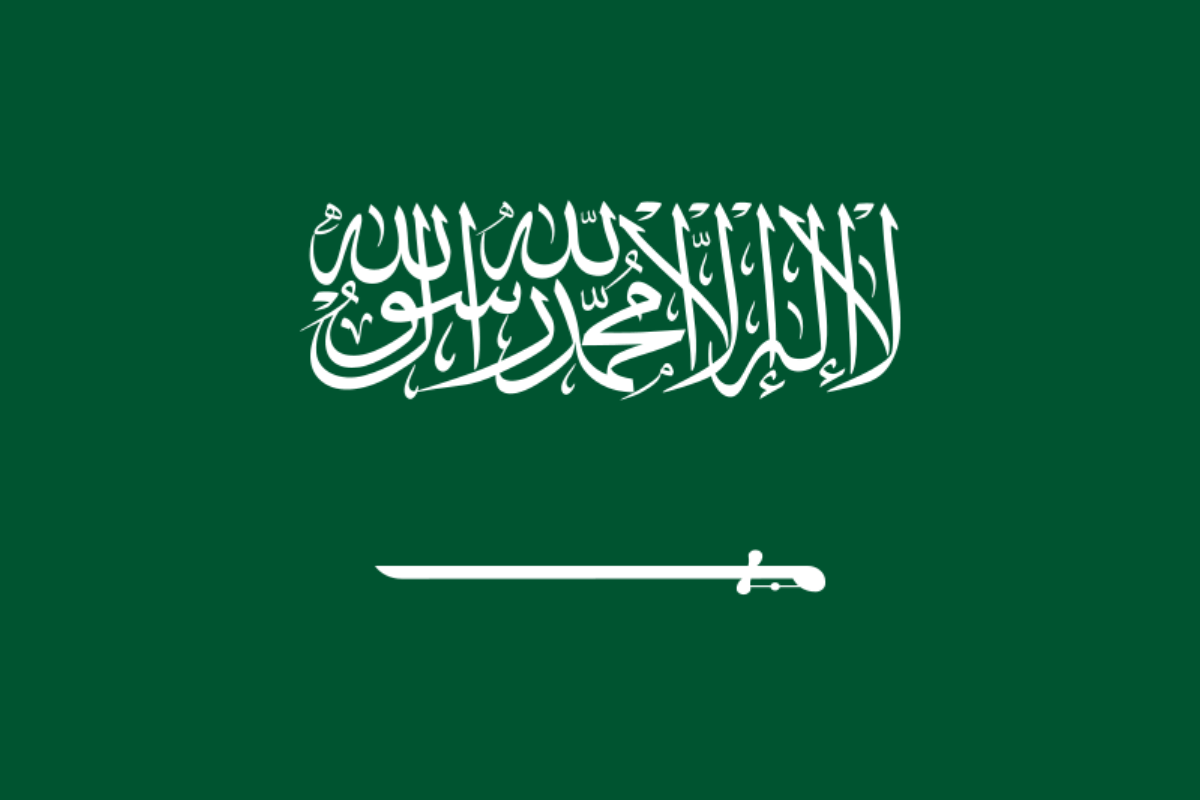The national animal of Saudi Arabia is the Arabian camel. This is also called the dromedary camel, and is one of the most important symbols of Saudi Arabia both historically and in the modern day. Camels have always been very important to Saudi people and culture, and they are a part of national identity.
No doubt when many of us think of places like Saudi Arabia, the first animal that might come to mind is the camel.
They are very rare as a commonly ridden animal that is not a horse and so they have come to be so heavily associated with desert dwelling people that it’s hard to separate the two in our minds.
Let’s find out more.

What is the national animal of Saudi Arabia?
The national animal of Saudi Arabia is the Arabian, or dromedary, camel.
These are the one-humped camels which are common to this region of the world and have been used throughout history both for racing and as desert mounts.
They are the tallest of the camel species, standing between 2.2 and 3.6 metres tall for males and around 1.7-1.9 for females.
They have been able to thrive in desert environments for many reasons but primarily their ability to lose around 30% of their water content.
Contrary to popular belief, camels do not store water in their humps.
They feed on desert foliage and vegetation, usually roaming in large herds of as many as 20 individuals.
Interestingly, though, the dromedary camel has not occurred in the wild for almost two millennia.
It is thought that it was first domesticated around 4,000 years ago, possibly in the Arabian Peninsula but potentially in Somalia.
Today, domesticated dromedaries are found in Africa and the Arabian Peninsula, while most wild camels, feral populations of escaped domestic camels, are mostly found in Australia.
They serve many different functions in the societies in which they are found, including Saudi Arabia.
They are of course used as mounts and are very effective for desert travel as they can go long days without water.
They are also, though, used for meat and milk by many tribes in North Africa.
Females bear a single calf after mating and the gestation period is around 15 months.
They tend to mate during the rainy season and so do so annually.
They have been very important in both literal and symbolic ways in Saudi Arabia for a very long time by the indigenous people, and so today stand as the country’s national animal.
Why is the camel the national animal of Saudi Arabia?
Camels have been inextricably bound with Saudi Arabian living for thousands of years.
Of course, “Saudi Arabia” as we understand is a much more recent invention, but people have been living in the region for many millennia.
Camels occupy the collective imagination of Saudi people, and of course they are not just used as pack animals or for their meat.
Camel pageants are also common and beautiful camels are highly sought after.
Camels are native to the region, of course, so effectively for as long as there have been people there, there has been some connection to the camels.
Cave art from around 5-9,000 years ago depict the animal and so there simply has never been a time when the camel was not an important part of life in the Arabian Peninsula.
Some Saudis even say that camels are soulmates to the Saudi people in the same way that westerners might say so of dogs.
Without camels to help the movement of goods and people throughout the desert regions, the history of this part of the world would no doubt look very different.
Camel caravans would move huge amounts of goods and people over time and camels still remain a vital part of life for Arabian people today.
What is the difference between a dromedary and Bactrian camel?
The main morphological difference between dromedary and Bactrian camels is that dromedaries have one hump and Bactrians have two.
Think of it as a D only has one hump and a B has 2 humps and that’s an easy way to remember it.
As mentioned, these are not used for storing water but are instead fat stores.
There are, of course, many other differences between the two; Bactrians tend to have thicker hair and are native to the steppes of Central Asia.
They are much better adapted to cold and higher altitudes than their dromedary cousins, who are better for surviving in the desert.
Despite all these differences, though, the two species are capable of interbreeding.
Where do dromedaries live?
Dromedary camels primarily live in dry regions in Africa and Asia.
They are found extensively throughout the Saharan desert where they are a vital mount for moving goods and people.
They are also found across the Middle East, again in these dry and arid regions where they thrive best. Again, though, in this part of the world, the populations are exclusively domesticated and no wild populations have existed since around 2000 BC.
Feral populations have established themselves in Australia, though, where the equally dry and arid outback makes a perfect desert home for them.
They are not as extensively domesticated here though they are still widely used.
So, making sure not to get confused between dromedary and Bactrian, the national animal of Saudi Arabia is the single-humped dromedary Arabian camel.
These animals have played such an important role in the country’s history that it’s hard to imagine any other animal taking its place.
They are without doubt one of Saudi Arabia’s most iconic symbols.

